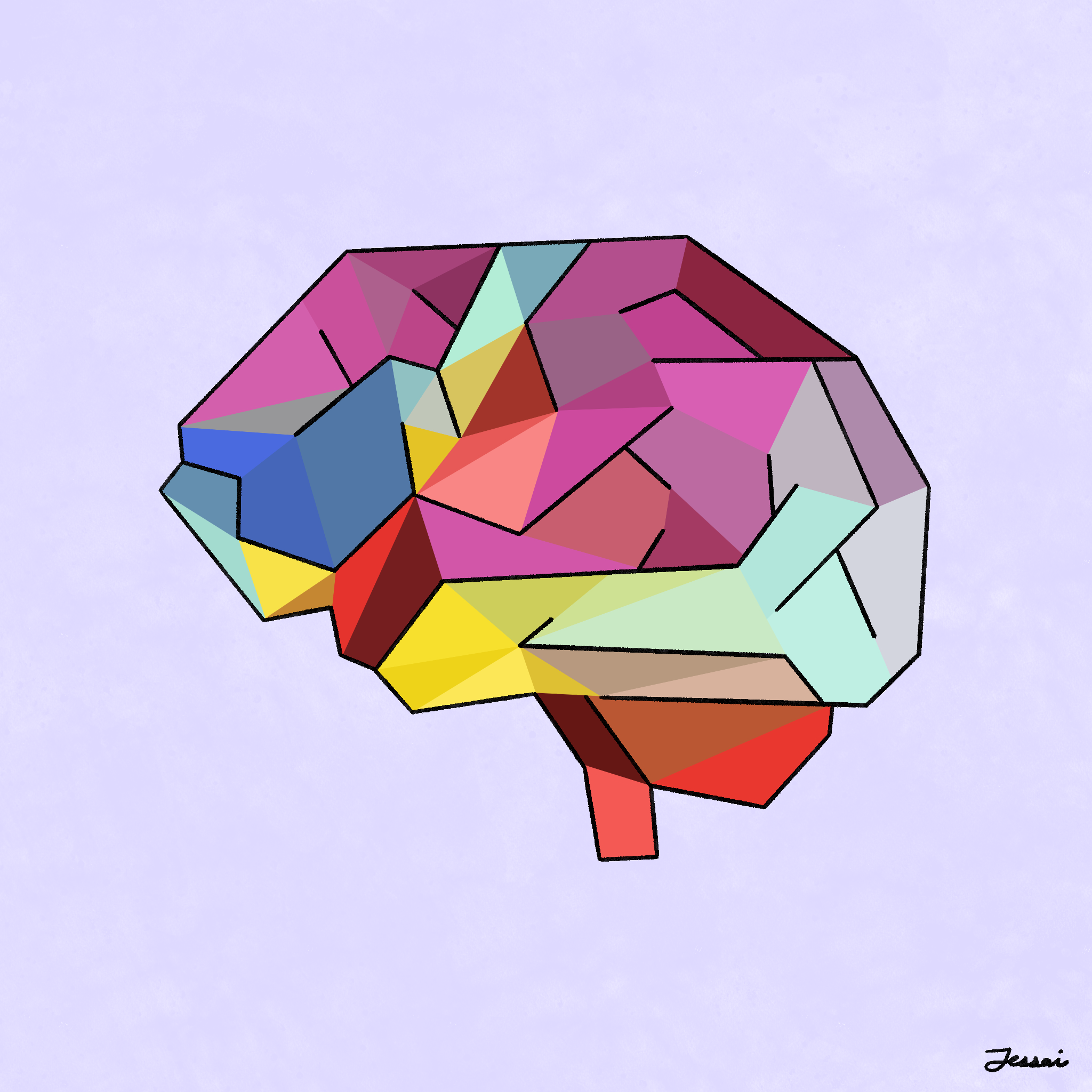Yale researchers uncover novel links to mutations associated with Parkinson’s disease
A recent Yale study investigated the trafficking of a protein that, when disrupted, results in problems that resemble Parkinson’s disease, affecting cellular degradation and neuronal physiology.

Jessai Flores
A new study by a Yale-led research team has discovered that disrupting the trafficking of a protein known as ATG-9 further inhibits the cellular degradation pathway known as autophagy.
Researchers from Yale and Seattle’s Fred Hutchinson Cancer Research Center investigated the localization of the autophagy protein ATG-9 in neurons, and determined that ATG-9 is transported to the sites of communication between neurons called synapses. The researchers found that at synapses, ATG-9 undergoes trafficking, which could monitor the activity state of the neuron. The researchers demonstrated that disruption of this process, including by mutations associated with Parkinson’s, impacts the effectiveness of autophagy.
“Autophagy is like a recycling system in the cell,” Sisi Yang GRD ’22, a doctoral candidate in the Cell Biology Department at Yale and first author of the project, told the News.
Autophagy is crucial to neural function and maintenance, according to Yang. It allows for the human brain to clean damaged or disused neural pathways. Neurons upregulate autophagy when their activity is increased, but how the increase of neuronal activity and increase in autophagy are linked is not well understood.
If neurons lacked this process, the results would likely be disastrous. Yang noted that in studies which experimented with mice that lacked autophagic function, the mice did not survive. Furthermore, when mutations which disturb this function occur, those mutations trigger serious neural defects.
“A standing question in the field is how neurons are able to detect and determine where autophagy must occur,” said Daniel Colón-Ramos, professor of neuroscience and cell biology and senior author of the study. “It was this question that initiated the study.”
In 2016, the group of Yale researchers in Colón-Ramos’s lab discovered a high concentration of ATG-9 proteins around the neuronal synapse, particularly around active neurons.
The research team hypothesized that ATG-9 was the missing link between autophagy and neuronal activity. The evidence that they found supports this hypothesis and aligns with other contemporary research which has shown that ATG-9 initiates autophagy in neurons.
The study also uncovered that a mutation linked to Parkinson’s disease can disrupt ATG-9’s cycling at the synapse, underscoring the significance of ATG-9 trafficking in linking synaptic activity with autophagy, and supporting the possibility that disruption of the ATG-9 cycle is responsible for some of the pathological manifestations of Parkinson’s.
“[The paper] has significant implications in age-dependent changes of synaptic function and neurodegeneration,” Jihong Bai, associate professor of the basic sciences division at the Fred Hutchinson Cancer Center, wrote in an email to the News.
The laboratories of Yale’s Pietro de Camilli and Jihong Bai of the Fred Hutchinson Cancer Center also contributed to the study.
According to the Parkinson’s Foundation, nearly 60,000 Americans are diagnosed with Parkinson’s disease each year.







